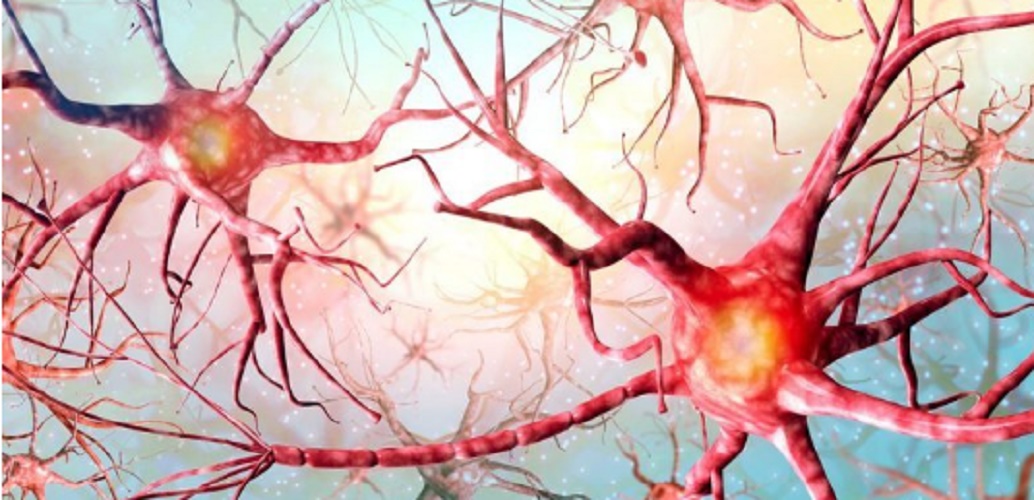What is a neuron?
We explain what a neuron is and what its main functions are. In addition, the types that exist and how is their structure.
-
What is a neuron?
It is known as a neuron (from the Greek neûron , “crow” or “nerve”) to a highly specialized type of cell , which makes up the nervous system , responsible for controlling the voluntary and involuntary functions of the body.
Neurons are characterized by their electrical excitability , which translates into the ability to drive nerve impulses along the vast network of the nervous system, also transmitting them to other cells , such as muscle cells .
They are particularly abundant in the brain, reaching the human figure of 86 x 109 cells , which can vary according to the animal species (fruit flies have 300,000, certain nematode worms barely 300).
In addition, the neurons of an adult individual do not usually reproduce, but they are still created in the brain from stem cells and progenitor cells, in two locations of the brain only: the subgranular zone (ZSG) of the hippocampus and the subventriuclar zone (ZSV ), in a process called neurogenesis .
This does not mean that the entire neural network is replenished or restored, or that it can cope with diseases that deteriorate it, as the new neurons deal with very specific issues, such as smell.
Neurons are not the only nerve cells , however. The glial cells (astrocytes and Schwann cells) share with them the nervous system.
-
Neuron functions

Neurons fulfill the role of messengers and communicators of the organism. They are capable of transmitting nerve impulses to other cells in the body , such as muscle cells , and generating movement ; to perceive and communicate external stimuli and turn them into an organized reaction, such as cold, heat, danger, etc .; or to keep a message walking in a neural network, thus allowing the storage of information in memory .
This is due to the electrical transmission between these cells, through the use of sodium and potassium ions , among other chemical elements that pass from one cell to another. The speed of this transmission is such that it takes an impulse around 18.75 milliseconds to travel the distance between the toe to the brain, in an adult human being.
-
Types of neuron
There are many ways of classifying neurons. The main three are:
According to its shape and size . Neurons may have the following appearance:
- Polyhedral . With a determined geometric shape.
- Fusiform . Similar in appearance to muscle cells, cylindrical.
- Stellate . In the form of a star or a spider, that is, with many limbs.
- Spherical . Round shape.
- Pyramidal . Pyramid shaped.
According to its function . Judging by the role they play in the nervous system, we can talk about:
- Motor . Those that are linked to movement and muscular coordination, both conscious and reflex.
- Sensory . Those linked to the perception of stimuli from outside the body through the senses.
- Interneuron . Those that connect different types of neurons to each other and allow neural networks, thus giving rise to complex thinking , memory, etc.
According to its polarity . Depending on the number and arrangement of their electrical terminations, they can be:
- Unipolar . Its axon is a single bifurcated extension.
- Bipolares . With the nucleus in the center, they have a long axon and dendrite that tend to opposite ends.
- Multipolar . They have a long axon and multiple dendrites that allow many simultaneous connections.
- Monopolar . They have only one dendrite divided in two and directed to opposite ends, so they are considered false unipolar.
- Anaxónicas . Extremely small, they don’t distinguish their axons from their dendrites.
-
Structure of neurons

Neurons have a definite morphology that is made up of four parts:
- Core . Where the genetic information of the neuron is found, it usually occupies a central and very visible position in it, especially in younger specimens.
- Perikaryon . The space that surrounds the nucleus and composes the cell body, in which the various organelles of the neuron are found, such as free ribosomes, the rough reticulum, the Golgi apparatus, etc.
- Dendrites . These are extensions of the cytoplasm of the cell, wrapped in a plasma membrane devoid of myelin, abundant in organelles and vesicles that allow interconnection and synapse.
- Axon . It is a tubular extension of the body of the neuron, covered with myelin and abundant in microtubules, which allows the electrical stimulus to pass from one end of the cell to the other. At the end of the axon there are a number of terminals that allow you to physically connect with other neurons and other cells.
-
Neurons and synapses
The synapse process occurs when neurons communicate with each other or with some other cell (such as muscles to generate movement or glands to secrete hormones), thus activating or deactivating certain processes in the body.
This occurs by transmitting a nerve impulse. , that is, the segregation by the emitting cell of a chemical discharge in its membrane, which causes an electric shock perceived by the axon of the neuron. This, in turn, secretes chemical compounds called neurotransmitters, which are perceived by another intermediate neuron and thus continues a chain that takes in total second fragments.





